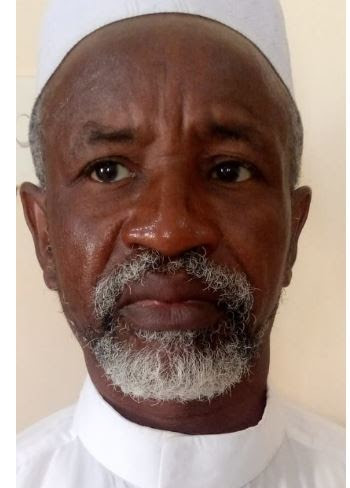Abstract:
The Arabic language had a strategic position in our world today, as it is the first language in the entire Arab world. It is also a language of interaction and education in many Islamic regions. All of this is, of course, due to the revelation of the Qur’anic revelation worshiped by its recitation, and it is the language of communication in which Muslims communicate with sources Legislation in their worship and education, and one of the most important issues that preoccupy thinkers in this era is the issue of teaching the Arabic language, protecting it from the pressures it faces from all sides, and immunizing its children from the Western intellectual cultural invasion, which aims to destroy the civilization of this nation, and despite the efforts that It has made efforts in the recent period to protect this culture and reform its tongue. One of the most important areas of the Arabic language is grammar and morphology. And the Qur’anic studies took on the role of the grammatical schools of Basra and Kufa, through the ten frequent readings, and from this point the researchers chose this topic to find out the grammatical and morphological directions and to highlight the differences that took place between the readers through Al-Shatibiyya and Al-Durra, the continuation of the Shatibiyya.
Download the file by clicking here:
author/Khidir Isah Sani
journal/Zamfara IJOH Vol. 1 Issue 1 & 2
pdf-https://drive.google.com/file/d/1rYvpMwmtwvHnyTuDYH49pxGy3nrCjM2d/view?usp=share_link
paper-https://drive.google.com/file/d/1rYvpMwmtwvHnyTuDYH49pxGy3nrCjM2d/view?usp=share_link




